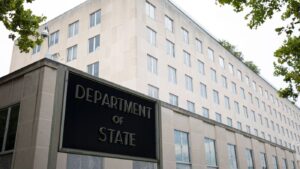The U.S. federal student loan system is currently embroiled in chaos, with legal uncertainties surrounding repayment plans and significant staffing cuts affecting the office overseeing the program. Amidst this turmoil, millions of borrowers find themselves in a precarious position.
The Legal Limbo of the SAVE Plan
Approximately eight million borrowers have been caught in a legal standoff, anxiously awaiting a court decision on the legality of the Saving on a Valuable Education (SAVE) Plan introduced by President Biden. This plan, known for its generous terms, has faced legal challenges from Republicans, leading to its suspension by the 8th Circuit Court. Consequently, these borrowers have been left in a state of uncertainty, unable to make payments, as enrollment in various income-driven repayment plans was halted.
Recently, there was a flicker of hope as the Education Department reopened enrollment for more affordable repayment plans. However, the future of the SAVE Plan remains bleak. Jason Delisle from the Urban Institute expressed skepticism, stating, “There isn’t going to be a SAVE Plan. That’s either going down under legislation or going to go down by the judge’s ruling.”
Potential Consequences and Congressional Moves
If the courts ultimately reject the SAVE Plan, borrowers might be transitioned to less generous pre-existing income-driven plans. Furthermore, congressional Republicans are contemplating dismantling the SAVE Plan within a reconciliation bill to redirect savings towards extending Trump-era tax cuts.
Rising Delinquency Rates Among Borrowers
In light of these developments, many borrowers who should be resuming payments are not doing so. Internal data from the Education Department indicates that nine million borrowers have missed payments, with over four million being significantly overdue. The pandemic pause on student loan payments had previously halted defaults, but as of last October, the default clock has resumed.
Borrowers are reminded of the serious repercussions of non-payment, including credit damage after 90 days and potential government actions like wage garnishment after 270 days. Compounding these challenges is the recent halving of staff at the federal office managing the $1.6 trillion student loan portfolio, leading to difficulties in obtaining assistance. According to Michele Zampini from the Institute for College Access & Success, “There is no possible way for this to function properly, for borrowers to receive repayment assistance or help from servicers. I mean, that’s so far gone.”
Proposed Shift to the Small Business Administration
Amidst these ongoing issues, former President Trump announced plans to transition student loans from the Education Department to the U.S. Small Business Administration (SBA). However, this move faces significant obstacles. The SBA itself announced a 40% staff reduction, raising doubts about its capability to manage a vast borrower portfolio. Additionally, the current federal law mandates student loan oversight by the Education Department, a provision that only Congress can alter.
In response to inquiries, the SBA stated it is collaborating with the White House, Education Department, and Congress to finalize the transition plan. Nonetheless, any such move could face resistance, especially from Democrats, who might block this transition if brought to Congress.






